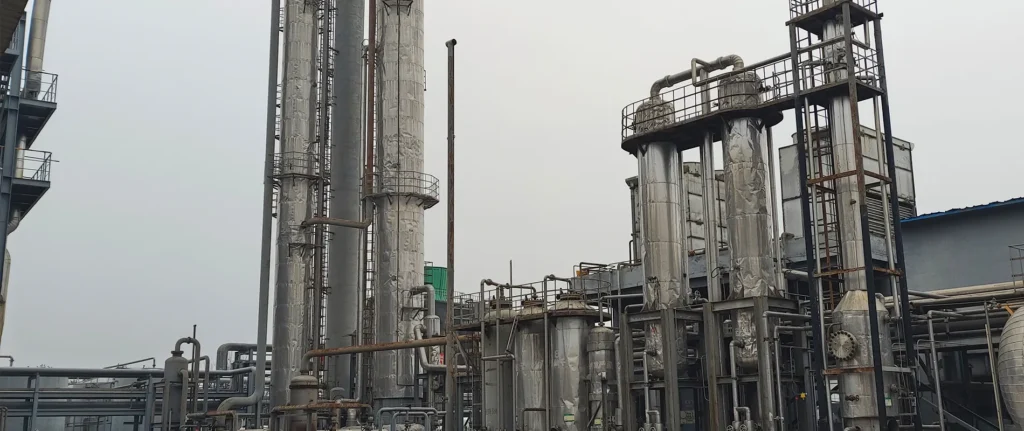
Food Industry
- Acidulant: A commonly used sourness regulator in foods like beverages, jams, and candies, imparting a refreshing sour taste and improving palatability. For example, adding citric acid to carbonated drinks creates a suitable acidity and refreshing sensation, while in fruit juices, it balances the acidity for a harmonious flavor.
- Preservative: Exhibits antibacterial properties to inhibit microbial growth, extending the shelf life of foods such as jams, candied fruits, and canned goods.
- Antioxidant: Chelates with metal ions to prevent their catalytic effect on food oxidation. Adding it to oily foods can prevent lipid oxidation and rancidity.
- Flavor Enhancer: Works synergistically with other flavor compounds to strengthen food flavors. For instance, in meat products, it enhances umami taste.
Pharmaceutical Industry
- Pharmaceutical Raw Material: A key ingredient in medications like ferric ammonium citrate (a 补铁剂 for iron-deficiency anemia) and sodium citrate (a blood anticoagulant for transfusion or blood products).
- Pharmaceutical Excipient: Functions as a pH regulator, buffer, or flavoring agent in drug formulations. For example, it adjusts pH in oral liquid preparations for stability and acts as a disintegrant in tablets.
- Disinfection: Exhibits bactericidal effects, used in preparing disinfectants for medical devices and environments.
Chemical and Textile Industries
- Chemical Raw Material: Used to produce citric acid esters (e.g., triethyl citrate, tributyl citrate), which serve as excellent plasticizers in plastics and rubber industries to enhance material flexibility and elasticity.
- Detergent: Citric acid and its salts chelate metal ions effectively, making them suitable for detergents to remove dirt and scale from clothes and tableware. Adding them to laundry powder improves decontamination ability.
- Textile Dyeing: As an auxiliary in dyeing, it adjusts the pH of the dye bath to promote dye absorption and improve color uniformity and fastness.
Environmental Protection Industry
- Wastewater Treatment: As a complexing agent, it forms stable complexes with heavy metal ions in wastewater, reducing their toxicity for easier treatment.
- Flue Gas Desulfurization: Acts as an absorbent in flue gas desulfurization processes to capture sulfur dioxide, reducing emissions and contributing to environmental protection.
Agriculture and Animal Husbandry
- Feed Additive: Adjusts feed pH, improves palatability, and stimulates animal appetite. It also inhibits microbial growth in feed to extend shelf life. Additionally, it participates in the tricarboxylic acid cycle in animals, boosting metabolism, growth performance, and immunity.
- Pesticide Intermediate: Serves as an intermediate for producing low-toxic, efficient, and eco-friendly pesticides (e.g., citric acid ester-based pesticides).
Other Fields
- Cosmetics: Functions as a pH regulator or antioxidant to improve product stability and efficacy. In skincare, it adjusts pH to match skin acidity and promotes skin metabolism for a smoother texture.
- Electroplating Industry: As a complexing agent, it forms complexes with metal ions to control their concentration, ensuring electroplating quality.
- Laboratory Reagent: Widely used in labs for preparing buffer solutions, complexometric titrations, and other experimental operations.


